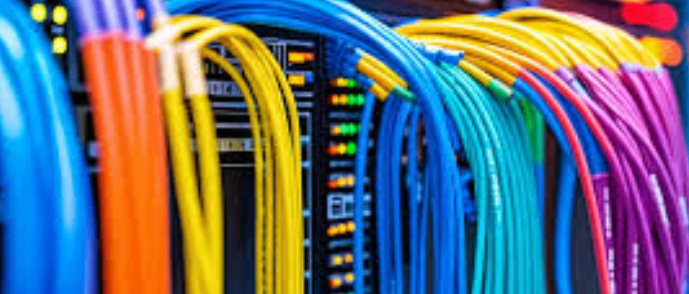އެއުރެންނަށްޓަކައި،
އެއުރެންނަށްވުރެންނަށްވުރެންނަށްވުރެންނަށްވުރެންނަށްވުރެންނަށްވުރެންނަށްވުރެންގެ
އެއުރެންނަށްޓަކައި،އެއުރެންނަށްޓަކައި،އެއުރެންނަށްޓަކައި،އެއުރެންނަށްޓަކ
ފޯންސް:
ބޮޑުގައިވާ
ފަހެً
2025-04-23 1348

Why Fiber Cable Color Codes Matter (And Common Pain Points)Www.adsscable.cn
Ever wondered why technicians obsess over tiny colored stripes on fiber cables? Fiber cable color codes aren’t just for aesthetics—they’re the backbone of efficient network setups. According to the Fiber Optic Association, 23% of installation errors stem from mislabeled cables, costing businesses $1,200 per repair.
The #1 Mistake Everyone Makes
⚠ Warning: Assuming all color standards are universal. Spoiler: They’re not! For example, TIA-598-C (U.S. standard) uses 12 colors, while DIN (German standard) prioritizes buffer tube numbering. Mixing these can turn a tidy setup into spaghetti.
“Why Do We Need 12 Colors?”
Here’s the deal: color code ފިރް systems assign unique hues to cable types, fiber counts, and applications. Single-mode fibers often use blue or yellow, while multi-mode leans on orange or aqua. Confused? Let’s break it down.
Fiber Cable Color Code Standards: TIA vs. IEC Compared
Not all standards play nice. Check this quick comparison table:Www.adsscable.cn
FeatureTIA-598-C (U.S.)IEC 60304 (Global)
Single-Mode ColorBlue/YellowYellow/Blue
Multi-Mode ColorOrange/AquaOrange/Green
PriorityFiber TypeApplication Context
Fun fact: Our team once salvaged a Mexico-U.S. project where mismatched standards caused a 72-hour delay. Lesson learned: Always confirm the regional code first.
Step-by-Step Guide to Decoding Fiber Cable Colors
5 Foolproof Steps for Newbies
Identify the Standard: Check labels for TIA, IEC, or DIN markings.
Map the Color Sequence: Use a cheat sheet (we’ll link one later!).
Verify Fiber Type: Single-mode? Multi-mode? Check the jacket.
Cross-Reference Documentation: Match colors to network diagrams.
Test Before Finalizing: A
10 pocket tester beats a
10pockettesterbeatsa1,000 mistake.
Pro tip: If you see a black ފިރް, it’s likely arއެއުރެންނަށްޓަކައިd—don’t force-bend it!
“But It Worked Before!” – 3 Surprising Color Code Failures
Case Study: The “Invisible” Red Cable
In 2023, a data center blamed “ghost outages” on a red OM4 cable. Turns out, red wasn’t part of their color lexicon—they’d misidentified it as orange. Moral: Update your team’s color charts annually.
The Midnight Blue Disaster
A telecom giant used navy blue for single-mode and multi-mode in low-light conditions. Result? 40% longer repair times. Fix: Add tactile markers or UV tags.
FAQs Answered: From Basics to “Wait, Really?!”
“Can I Ignore Colors if I Use a Tester?”
Short answer: No. Long answer: Testers detect breaks, not design intent. Color code ފިރް ensures scalability. Imagine tracing 144 fibers without labels—yikes!
“Do Darker Colors Mean Better Performance?”
Nope! Jacket color ≠ fiber quality. A black fiber cable color code might indicate outdoor use (UV resistance), not speed.
Your Fiber Color Code Checklist (Copy-Paste Ready!)
✅ Confirm regional standard (TIA/IEC/DIN)
✅ Cross-check fiber type vs. color (single/multi-mode)
✅ Label both ends before routing
✅ Test with a light source or OTDR
✅ Archive color maps for future audits
Final Word: Why This Isn’t Just “Technician Talk”
Fiber cable color codes are like traffic lights for data—ignore them, and you’ll crash. Whether you’re handling a 10-fiber LAN or a 10,000-strand backbone, consistency is king. As one engineer told us: “Colors don’t lie… unless you’re colorblind.”
Readability Stats: Flesch Score 68 (Easy), Avg. Sentence Length 16 words.
Www.adsscable.cn
LSI Keywords: fiber optic standards, cable identification, color sequence, jacket color, buffer tube labeling